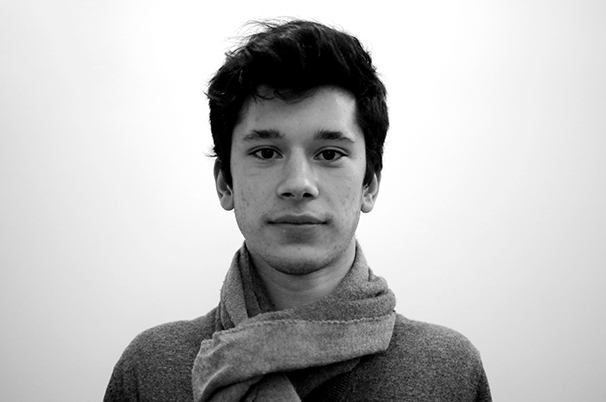The initial rise in social unrest in Kiev and the rest of Ukraine was caused by ex-President Viktor Yanukovych rejecting European Union integration and the European Neighborhood Policy. More accurately, he buckled to pressure from the Kremlin and sought to return to a Russian-backed economic and political sphere. After the Sochi Winter Olympics, and with the realization that the opposition could take political power and push Ukraine toward the EU, Russian President Vladimir Putin decided to take a more aggressive stance. There seems to be nothing the American government can do to change this.
Putin wants to prevent Ukraine from going the way of Poland. The Kremlin has had no political or economic control over Poland since it joined NATO in 1999 and the EU in 2004. Poland now has minimal economic relations with Russia. In fact, Poland’s biggest trading partner is Germany, to whom it exports 24 percent of its goods.
During the ongoing protests in Kiev, one of the first threats that Russia issued to Ukraine and its protestors was a drastic hike in gas prices. The threat was made as leverage. All of Europe depends on Russian gas. If gas prices are substantially increased for Ukraine, foreign humanitarian aid will be required — the economic burden would be too much for the ruined nation to bear otherwise. Yet, Russia’s threat would lose its power if Ukraine were to follow Poland’s example and join NATO.
Putin also has particular interest in the Crimea region of Ukraine. Not only are the majority of people there ethnically Russian, but the Kremlin has a large naval base in Sevastopol, a major Crimean city. The loss of Crimea would mean loss of access to the Black Sea, and with it, a significant loss of global power. During the Russo-Georgian war of 2008, Putin used similar reasoning for his invasion of Georgia as he now has with Ukraine: to protect the ethnic Russians in South Ossetia. So when Putin invaded Abkhazia along with South Ossetia in 2008, American officials were caught off guard. Abkhazia is an important region alongside the Black Sea but lies far from South Ossetia.
If his 2008 actions are any indication, the United States is underestimating Putin’s desire to maintain control over the Black Sea, which will prove troublesome for Ukraine. It is difficult to imagine this crisis ending without Russia maintaining some control over Crimea in order to preserve its Naval base. American influence can do nothing to change Putin’s clear interests, but it can and should help Ukraine join NATO. Only then will Putin face reality.
A version of this article appeared in the Thursday, March 6 print edition. Vittorio Bisin is a staff columnist. Vittorio’s Razor is published every Thursday. Email him at [email protected].
*A previous version of this article stated that Putin invaded Abkhazia instead of South Ossetia in 2008. Russia invaded Abkhazia along with South Ossetia.
WSN regrets the error.


























































































































































